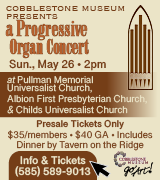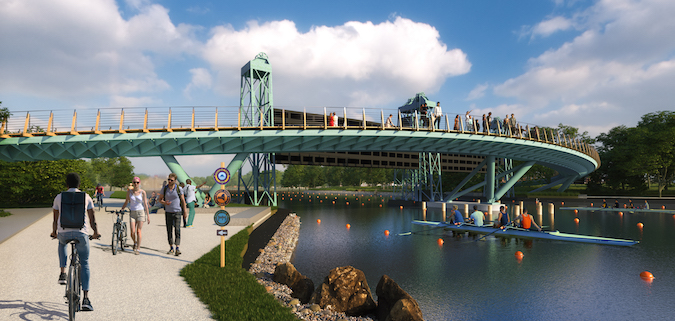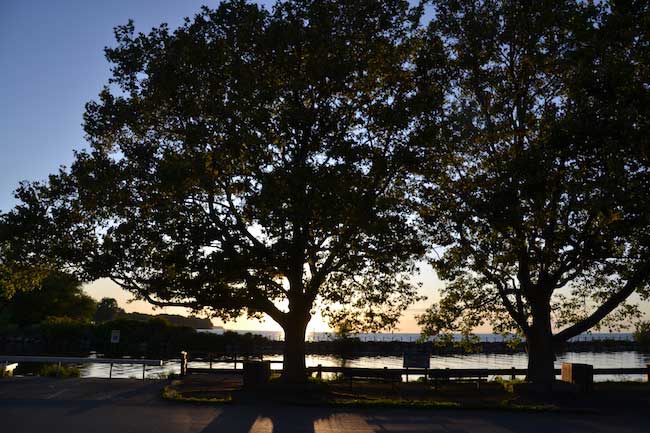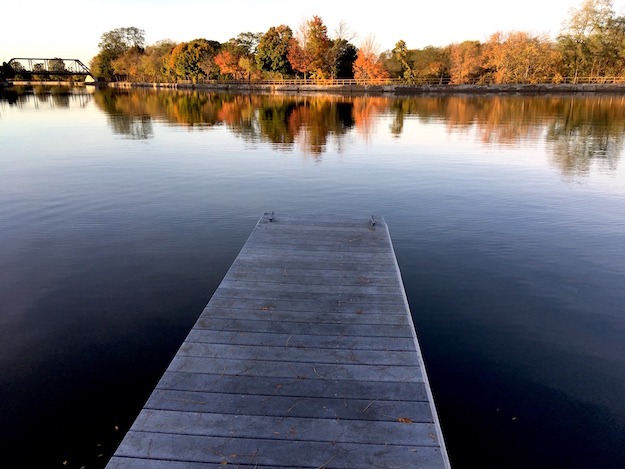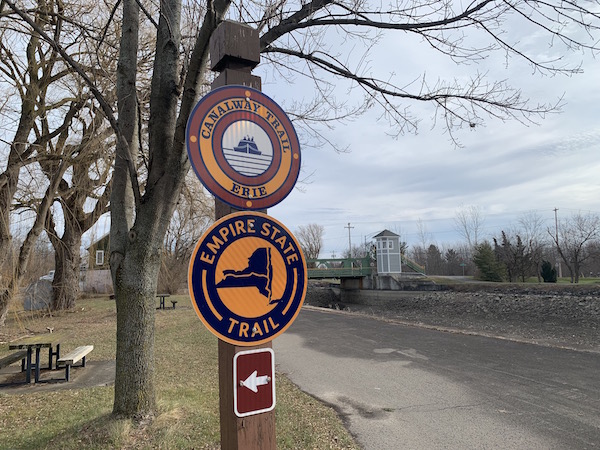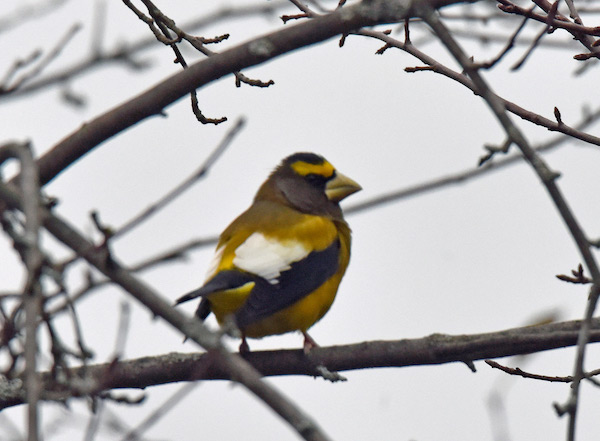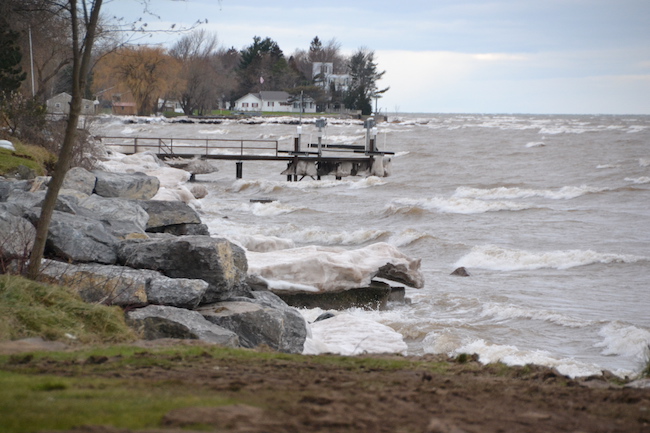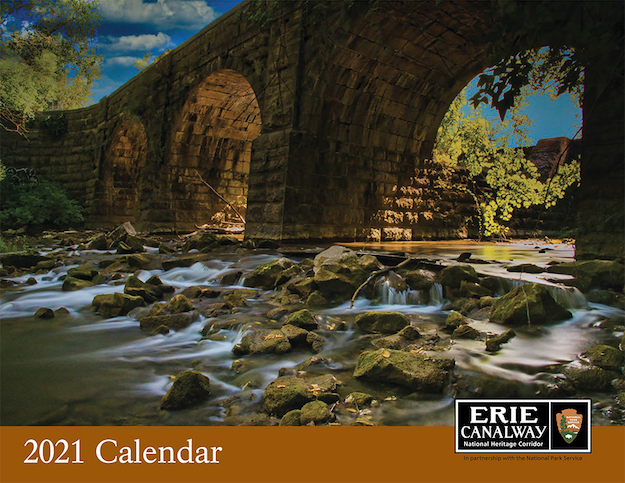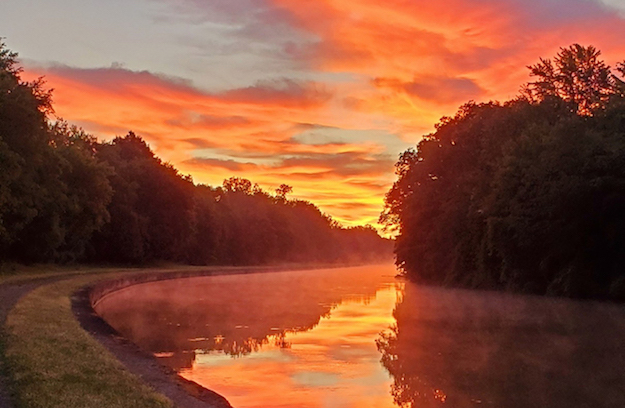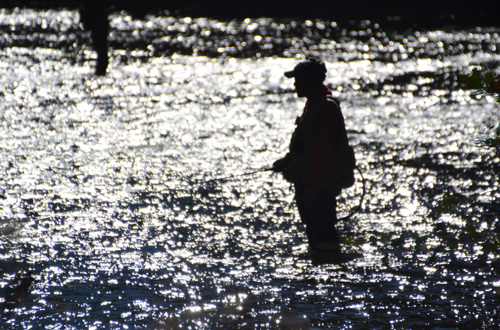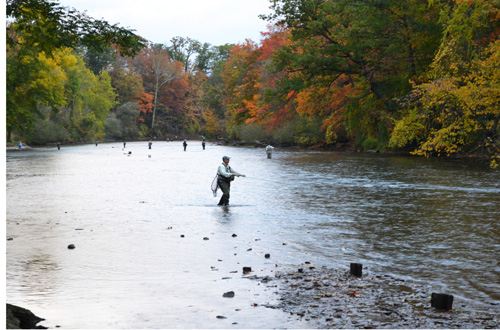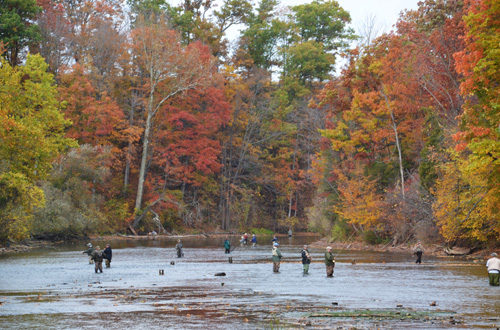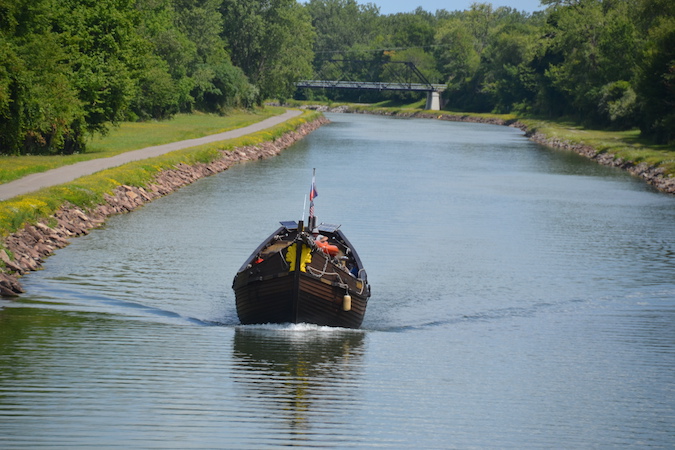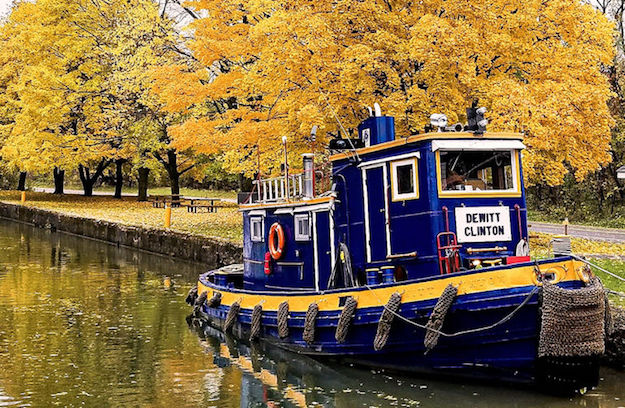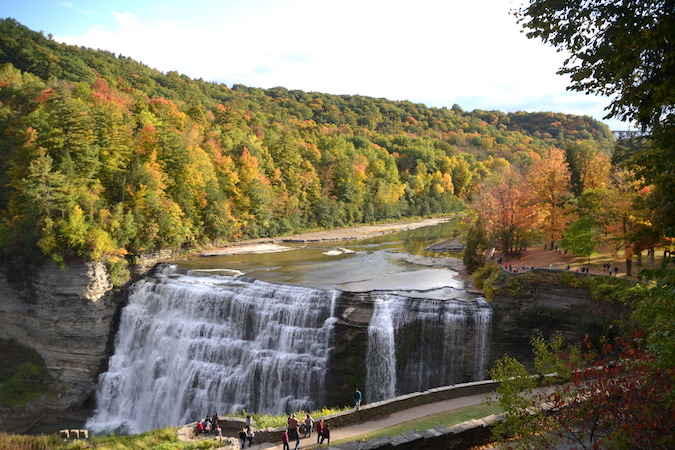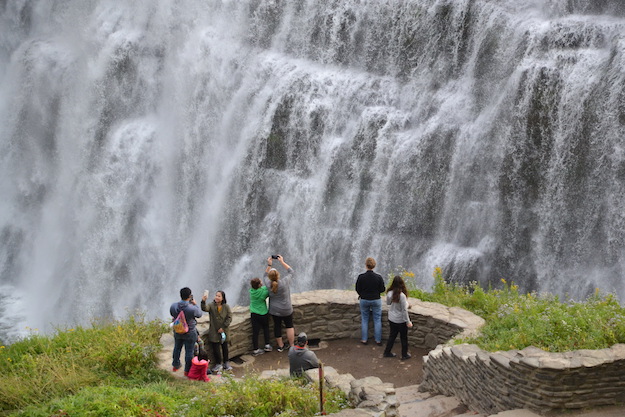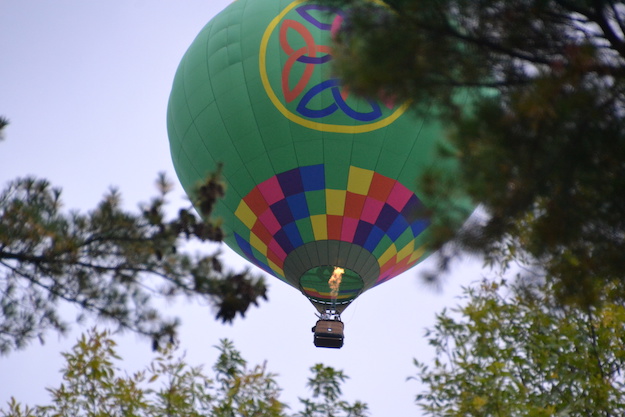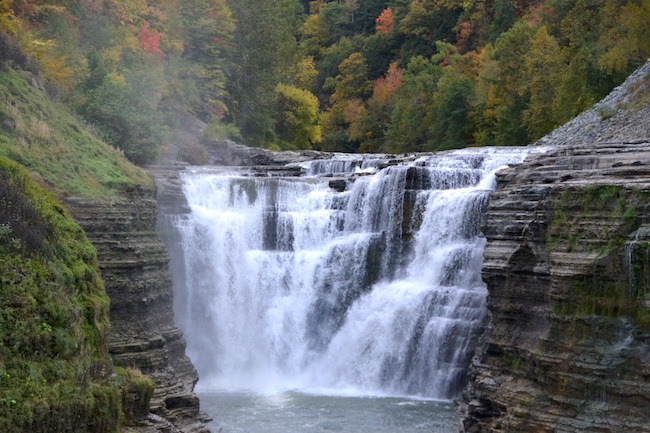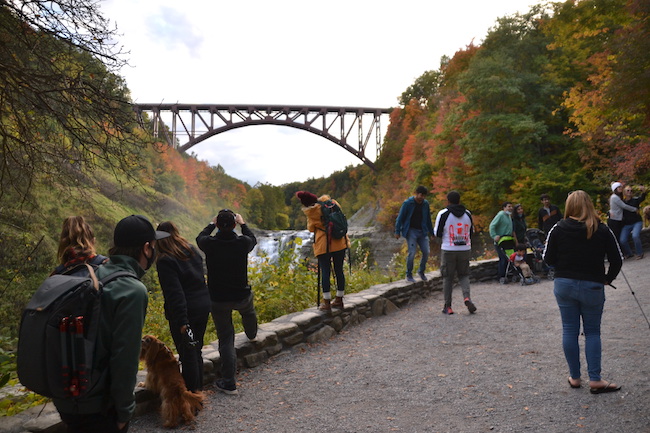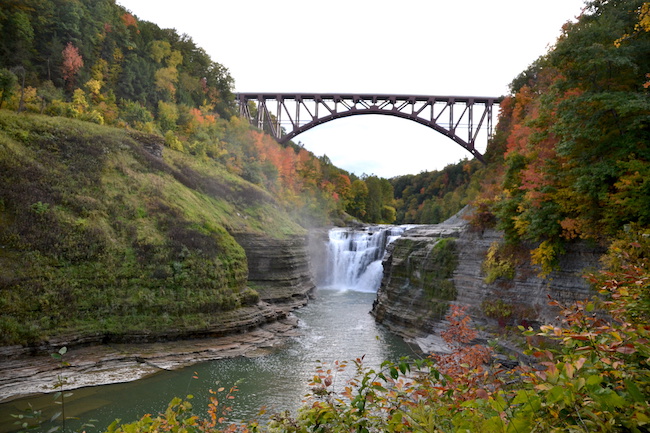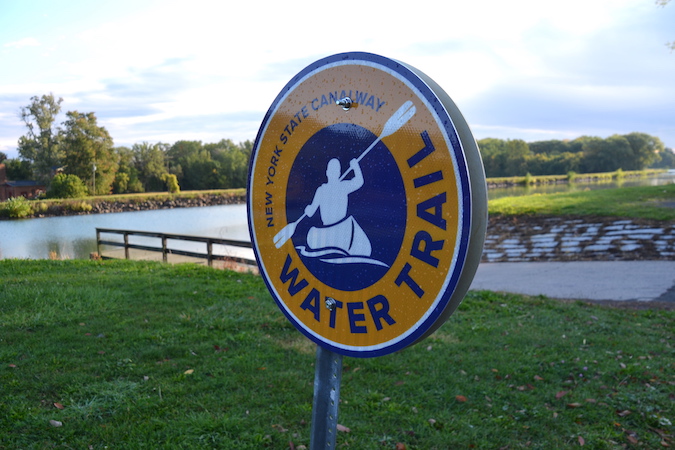New Yorkers can fish without a license on Feb. 13-14
Press Release, Gov. Andrew Cuomo’s Office
Governor Andrew M. Cuomo encouraged New Yorkers to take advantage of the upcoming first Free Fishing Weekend of 2021, on February 13 and 14, when anglers are permitted to fish for free without a license.
“New York is home to some of the best lakes, ponds, rivers and streams in the world, all offering exceptional fishing opportunities all year round,” Governor Cuomo said. “As the nation continues to grapple with the Covid-19 pandemic, families are seeking outdoor activities that don’t break the bank or require extensive travel, and this Free Fishing weekend is a perfect option for anglers of all experience levels to enjoy the very best that the Empire State has to offer.”
Those new to ice fishing are encouraged to download the Ice Fishing Chapter of DEC’s I FISH NY Beginners’ Guide to Freshwater Fishing for information on how to get started.
Additional information, including a list of waters where ice fishing is permitted, can found on the DEC ice fishing webpage. In Orleans County, Glenwood Lake in Ridgeway and Lake Alice in Carlton are listed as spots for ice fishing.
Recent cold weather has improved ice conditions across the state and DEC reminds those venturing onto the ice that four inches or more of solid ice is considered safe for accessing bodies of water on foot.
Ice anglers should note that ice thickness can vary on different bodies of water and even on the same body of water. Anglers should be particularly wary of areas of moving water and around boat docks and houses where bubblers may be installed to reduce ice buildup. The presence of snowmobile tracks or footprints on the ice should not be considered evidence of safe ice conditions. Individuals are strongly encouraged to check ice conditions and avoid situations that appear to present even a remote risk. It’s easy to test ice thickness with an auger or ice spud at various spots.
“Every year, more and more New Yorkers discover there are just as many fantastic fishing opportunities during the winter months as during the summer,” said NYS Department of Environmental Conservation Commissioner Basil Seggos. “Ice fishing is a great activity for families to do together, and the annual February Free Fishing weekend is the perfect time for first timers to give it a try on waters with ice thick enough to access safely.”
New York’s Free Fishing Days program began in 1991 to give people who might not fish a chance to try the rewarding sport at no cost, to introduce people to a new hobby, and to encourage people to support the management of the State’s freshwater fisheries by purchasing a New York State fishing license. February’s free fishing days are the first of several planned for 2021. Additional days include June 26 and 27, September 25 (National Hunting and Fishing Day) and November 11 (Veterans Day). During free fishing days, residents and visitors can fish for free on any of the state’s 7,500 lakes and ponds or 70,000 miles of rivers and streams.















